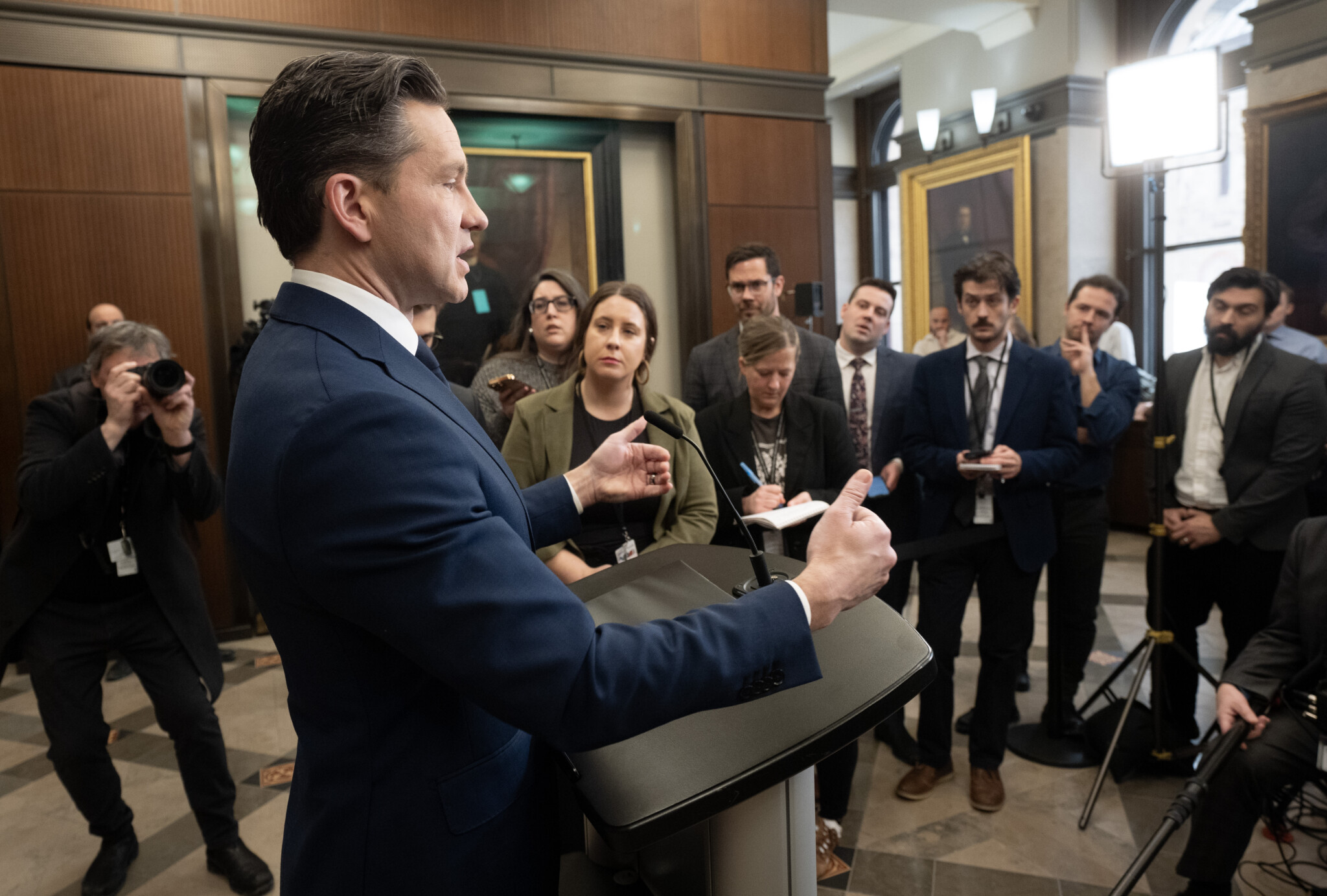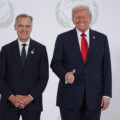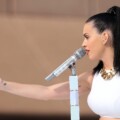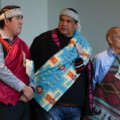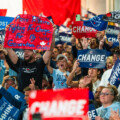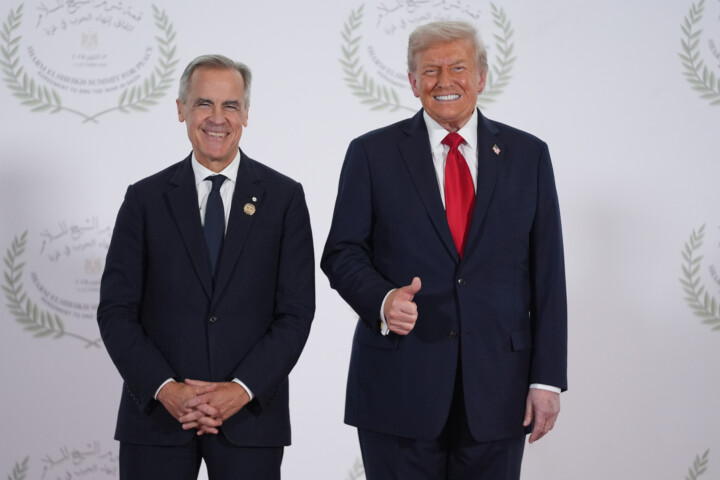Conservative Party leader Pierre Poilievre wants to stay on as leader, despite losing the federal election and losing his seat.
Conservatives should be fine with that. Rome was not built in a day, after all.
Poilievre personally built an energetic next-generation Conservative coalition, composed of young people, entrepreneurs, blue-collar workers, and new Canadians. It is a coalition that made him the first Conservative to win over 40 percent of the popular vote since 1988 and increase his seat count to 144.
But he lost in part because he scared a subset of Canadians into consolidating behind Mark Carney, contributing to the collapse of the NDP, including in his own Carleton riding. He also failed to get the support of enough moderate and Baby Boomer voters.
A significant factor in this was his campaign’s failed English media strategy, which needs to be immediately put on the chopping block.
“If the Conservatives lose, there really has to be a total rethinking of their public relations strategy,” tweeted popular Canadian YouTuber and political commentator J.J. McCullough ahead of election night. “This Harper-era paranoia of absolutely everything outside the most sycophantic partisan safe spaces—no MP debates, no challenging interviews, muzzled candidates—can’t go on.”
The media strategy problem
Ahead of the election, Conservative campaign manager Jenni Byrne announced media would be banned from their campaign plane and bus, but also pledged their campaign would be “the most accessible and transparent” in recent memory.
From personal experience covering that campaign, following the leader from Hamilton to Saskatoon to Vancouver to Oakville, it lacked both.
In addition to avoiding legacy media like the CBC, Poilievre and his team shunned independent centre-right outlets and prominent podcasts.
He did not sit down with The Hub. He also turned down an opportunity to be profiled by Rupa Subramanya of The Free Press or to be interviewed by J.J. McCullough.
He also didn’t seem to make efforts to appear on American podcasts like The Joe Rogan Experience, The Ben Shapiro Show, The Rubin Report, or The Megyn Kelly Show, all of which have large international—and Canadian—audiences.
While he did give a few interviews to Canadian right-wing platforms and spoke directly to supporters on social media, these audiences were already largely voting Conservative.
Poilievre’s partial media blackout prevented the public from seeing his softer, warmer side. The Conservative leader is a friendly and funny guy who genuinely cares about Canadians. But people did not get to see enough of that from him during the campaign, in part because he and his team were so hostile to the media, seemingly fighting the election against journalists as well as their political opponents.
Canadian voters also did not get to see enough of the diverse team of competent candidates running alongside him, due to the campaign strictly controlling media engagement with them and continuing their “unofficial doctrine” that candidates should not attend local debates.
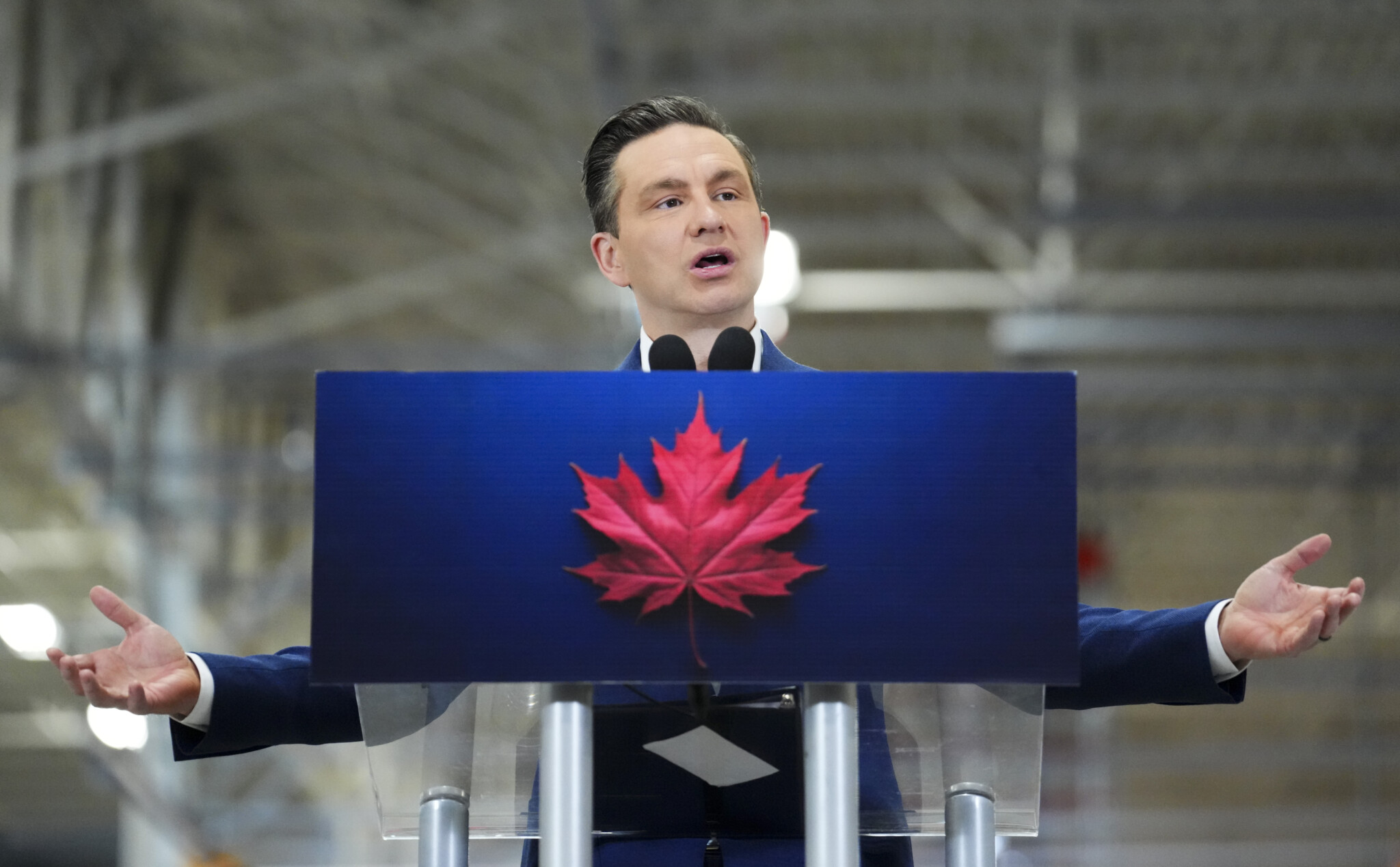
Conservative Leader Pierre Poilievre visits Cancoil, a manufacturer of commercial refrigeration products, to hold a press conference in Kingston, Ont., on Thursday, April 3, 2025. Sean Kilpatrick/The Canadian Press.
Poilievre and independent media
Poilievre’s campaign was criticized for being very controlling and sometimes even physically aggressive with members of the media.
Independent media weren’t excluded from tight control. While this may have been an unintended consequence of their legacy media strategy, it happened nonetheless.
As a “small-c” conservative journalist, I felt like my ability to do my job freely was curtailed while covering this election. And not by the Liberals or the NDP, but by the Conservatives.
At the Canada First rally in Ottawa in February, after putting myself and other reporters in a pen for the duration of his speech, members of Poilievre’s team shut down interviews I was conducting with supporters. I told his team I thought what they were doing was counter to press freedom. They responded by saying they had the right to do so because I was on private property and that they could not treat me differently from legacy media.
At press conferences, Poilievre refused to take The Hub’s questions. He merely answered four pre-selected questions, with no follow-ups. There were opportunities for local and French outlets, but no dedicated opportunities for independent outlets.
According to The Hill Times, Poilievre took just 138 questions from reporters during the election campaign. Carney took 323, more than double Poilievre’s total. NDP leader Jagmeet Singh took 444 questions, while Bloc Québécois leader Yves-François Blanchet took 460.
Making it easier for independent media to cover the campaign
While Poilievre’s team collaborated with some popular social media influencers like Kat Kanada, and allowed popular YouTuber The Pleb to access risers and pump up his rally crowds—which I think was great because influencers are part of the new media ecosphere—they also made it hard for independent media to cover the campaign. It was a missed opportunity.
Rather than ban legacy media from their campaign plane and limit everyone’s questions, they should have allowed them on board. They should have also provided discounted dedicated space for independent media and content creators.
The NDP did this with left-leaning content creators, and so does the Trump administration in the United States.
Speaking to no one is not a viable strategy
Some people believe Conservatives no longer need to engage with legacy media, as alternative media has made it more irrelevant. Carney also seems to think this, given that he, too, had limited mainstream media engagement during the campaign.
There’s merit to this.
Television ratings have plummeted as Canadians’ trust in the media reaches new lows, and therefore, campaigns understood that the costs of doing legacy media interviews outweighed the benefits.
That said, I still think that there is some merit in being forceful and defending your ideas against those who challenge them on air. It reflects courage and a willingness to stand by one’s convictions. Look no further than Alberta Premier Danielle Smith’s appearances on legacy media to see this in action.
Television also continues to be the primary source of news for 63 percent of Canadians aged 65 and older, voters Poilievre could have used more of.
But if Conservatives are keen on not engaging with legacy media, then they need to go all in on independent media. And by that I mean going beyond only engaging with select content creators who openly support you.
Trump won the last U.S. election by appearing on a variety of podcasts, independent outlets, and influencer channels. Poilievre lost amidst failing to fully engage with independent media. Poilievre’s strategy was basically to talk to no one. It did not work.
Moving forward
Conservatives win when they are unapologetically conservative. When they have nothing to hide and don’t look like they’re hiding.
But when they prevent journalists from speaking to their supporters and candidates, avoid tough interviews, tightly control access, and shun independent media, it makes them look insecure.
That is not a winning strategy.
The Conservatives must axe their failed media strategy.
